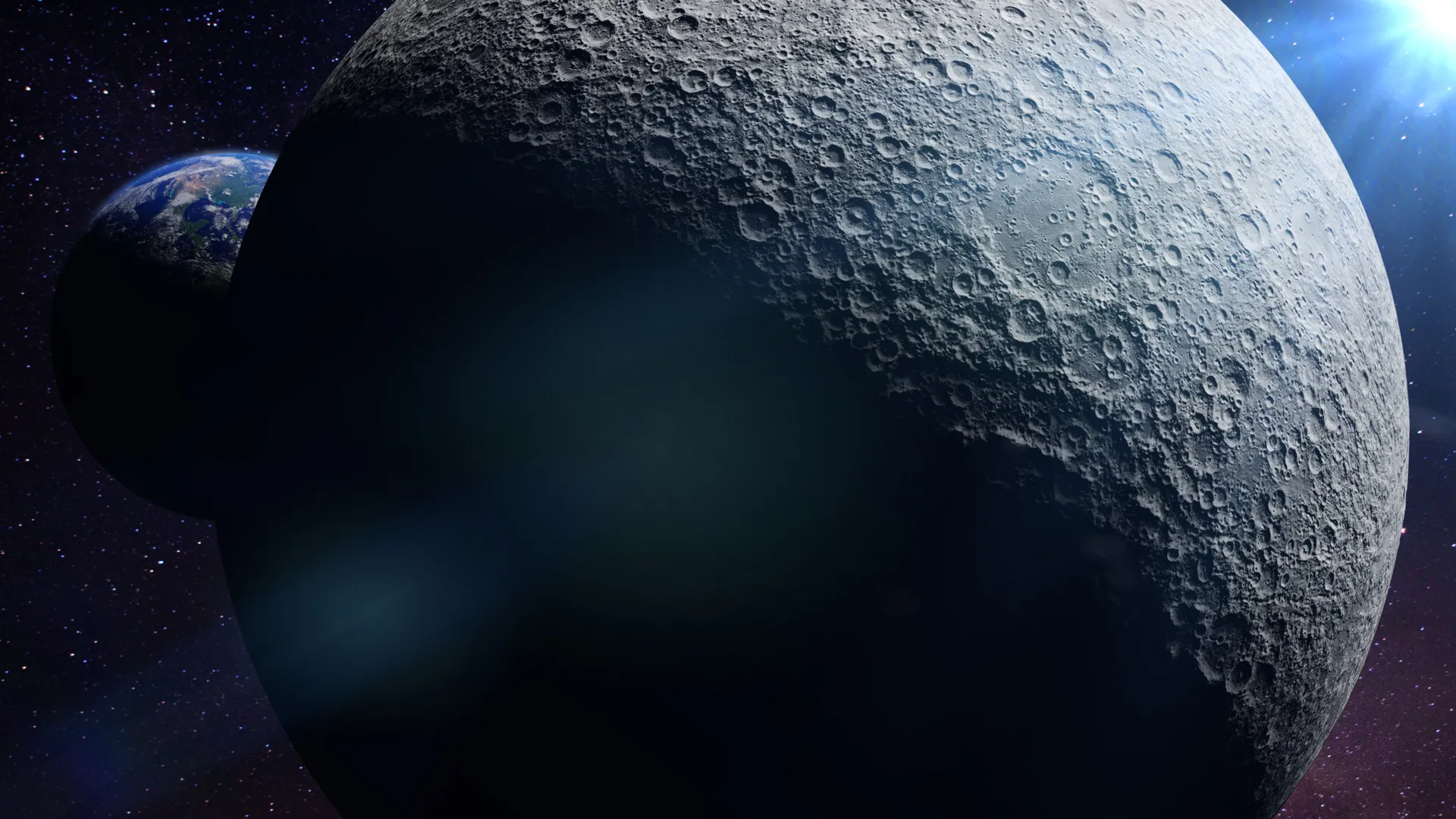New rock samples from the Moon’s far side indicate it formed from cooler magma than the side facing Earth, confirming that the Moon’s interior is not uniform. The discovery, led by researchers from University College London (UCL) and Peking University, provides fresh insight into the Moon’s enduring “two-faced” mystery.
Published in Nature Geoscience, the study analysed fragments collected by China’s Chang’e 6 spacecraft from a crater on the far side. The 2.8-billion-year-old samples revealed lava that solidified at roughly 1,100°C—about 100°C cooler than lava from the near side.
Professor Yang Li, co-author from UCL and Peking University, said: “The near side and far side of the Moon are very different at the surface and potentially in the interior. Our study provides the first evidence from real samples of a temperature difference deep inside the Moon.”
The far side of the Moon is known for its thicker crust, mountainous terrain, and fewer volcanic basalt patches. The researchers suggest that the cooler interior may result from a scarcity of heat-producing elements such as uranium, thorium, and potassium.
Several theories exist to explain the Moon’s asymmetry. Some propose that a massive asteroid impact shifted denser, heat-rich materials to the near side. Others suggest an ancient collision with a smaller moonlet or the gravitational influence of Earth caused the thermal differences.
Xuelin Zhu, a Peking University PhD student and co-author, added: “These findings show that the differences between the Moon’s near and far sides are not just on the surface—they extend deep into the interior.”
The Chang’e 6 mission’s 300 grams of far-side lunar soil, analysed with electron probes, marks the first direct insight into this mysterious region of the Moon, offering critical clues about its geological history and internal structure.



0 Comments